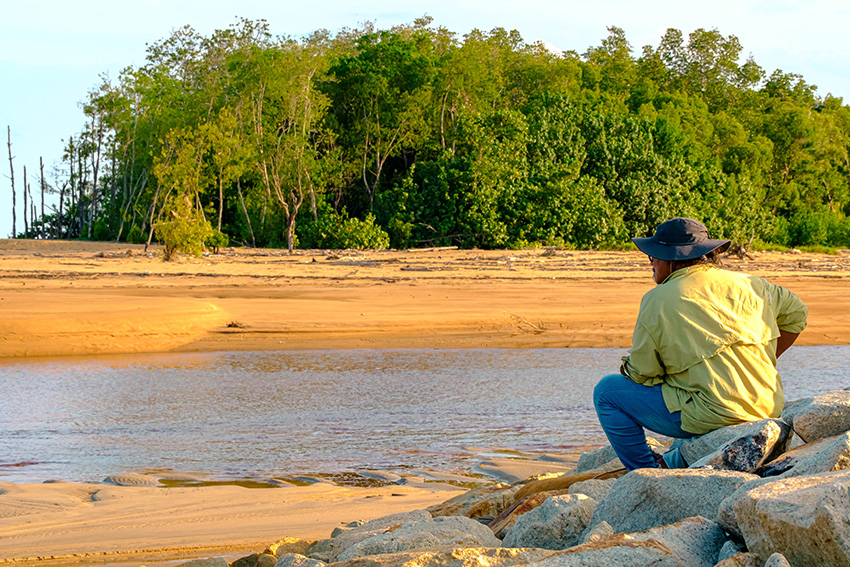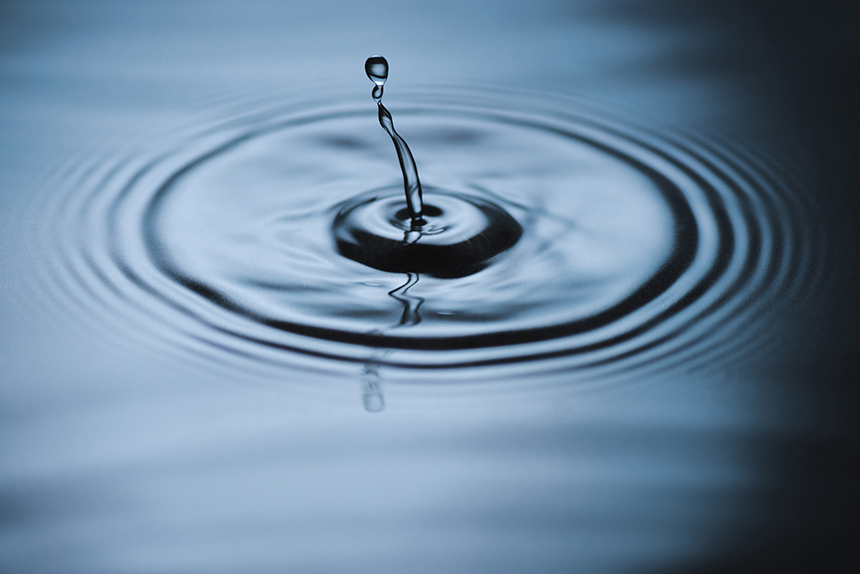The world may have an abundance of water but more than 99% of it is unusable by humans and many other living things. The rest, known as freshwater, is for our consumption and can only be found on the surface of lakes, rivers and swamps. Water scarcity is a pressing issue and this stunning realisation means that we have to utilise this resource very wisely.
In fact, Morgan Stanley in a study highlighted that the gap between the world’s renewable supply of water and demand is expected to be 40% by 2030, bringing new urgency to address water scarcity. The study also emphasised how a quarter of the world’s population doesn’t have access to safe drinking water and nearly half lack sources for sanitation.
Experts have been discussing in recent years how the Internet of Things (IoT) – networks of physical sensors and software exchanging data – may hold the key to better water management. After all, the World Health Organization (WHO) has warned that a staggering 700 million people could be displaced due to drought by 2030. Many others, including us, could be affected by disruption to water-intensive sectors including food, clothing and transportation.

The gap between the world’s renewable supply of water and demand is expected to be 40% by 2030, bringing new urgency to address water scarcity.
Intelligently managing water operations with an IoW solution
For starters, the Internet of Water (IoW) solution basically utilises the power of Massive IoT to modernise and improve efficiencies in the water industry. To put it into context, recent developments in IoT technology have shifted towards two dominant new terminologies namely Critical IoT and Massive IoT.
Critical IoT applications have a different set of requirements than Massive IoT. With a significantly smaller volume of devices, the demand for reliability is generally much higher. Business cases for Critical IoT typically involve public safety, health monitoring, and other time-sensitive remote operations. Massive IoT on the other hand is more about scaling up and facilitating massive amounts of sensors connected to the system. As opposed to Critical IoT, Massive IoT focuses on the volume/number of connections that are typically spread over a very large geographical area communicating with lower bandwidth requirements. Examples of verticals include agricultural, manufacturing, environmental, logistics and supply chain, smart cities and buildings, as well as smart utilities.
Among the countries that have benefited from Massive IoT cases include Japan, Singapore, Indonesia, Thailand and Malaysia. In Malaysia, TM Research & Development (TM R&D) designed and developed an agnostic solution known as SWIMS or Smart Water Integrated Management System. SWIMS, the first of its kind in Malaysia, is made to help utility players, particularly water operators to improve productivity, save revenue, and add valuable features that could potentially modernise how water operators work in the future.

SWIMS is made to help utility players, particularly water operators to improve productivity, save revenue, and add valuable features that could potentially modernise how water operators work in the future.
What can SWIMS address?
One of the biggest problems plaguing water utility companies today is the management of non-revenue water (NRW). Put simply, NRW is water that has been produced and treated but has been lost due to three factors which are leaks as a result of faulty pipes; inaccurate water meter readings; and theft or illegal tapping of water pipes.
SWIMS offers seamless end-to-end smart water integration that improves non-revenue water management, optimises repair and replacement of ageing infra, and improves response to weather events such as flooding or pollution through smart water level and water quality measurements. The SWIMS water meter solution comes bundled with water quality and water level meters as part of the end-user hardware application.
On the software side, SWIMS consists of a web portal and mobile app used by administrators to monitor and retrieve relevant data from the SWIMS platform. In case of river or lake pollution or emergencies, relevant parties are able to make rapid and informed decision-making.
SWIMS supports both LoRaWAN and NB-IoT wireless connectivity. The Internet of Water solution by TM R&D is designed to cater for water supply operators but can also work for local municipalities or environmental authorities for water-related operations and maintenance.
SWIMS in action
To date, SWIMS has been successfully deployed at 3,000 sites covering the Sepang district areas of Sungai Pelek and Bukit Bangkong. Besides that, SWIMS has also been able to optimise its client’s capital and operational expenditure. To top it off, SWIMS has streamlined operations by doing away with the need to use humans to manually read meters and digitising the whole process. This has led to improved productivity in terms of control, maintenance, analytics and even workforce management.

By digitising the whole process, SWIMS has improved productivity in terms of control, maintenance, analytics and even workforce management.
In the year 2020, SWIMS won three (3) prestigious awards namely the TM Forum Excellence Awards under the ‘Beyond Connectivity’ category, the World Communication Awards under the ‘IoT Innovation Awards’ category and the ‘Sustainable Growth Award’ category at the WITSA Global ICT Excellence Awards. Winning these awards further strengthens TM R&D’s position as the leader in research, development and innovation fields as well as celebrates the company’s success in using Information and Communications Technology (ICT) as a tool to promote sustainable economic growth.
About TM R&D
Established in 2000, TM R&D is a world-class R&D company of TM Group; with a special focus on Intelligent Connectivity, Advanced Analytics, Artificial Intelligence, IoT and Digital Platforms. The organisation helps businesses to solve operational issues and co-create solutions for the global market. To date, TM R&D has commercialised 18 solutions and deployed seven platforms for TM saving the Group millions in operational efficiency and support. Additionally, TM R&D has generated more than 2,800 Intellectual Property Rights (IPRs) with 100 percent adoption of all its innovations since 2016.
For more information about TM R&D and its innovations, visit www.tmrnd.com.my or email your inquiry to business@tmrnd.com.my or follow them on LinkedIn (TM Research & Development) for more news and updates.

